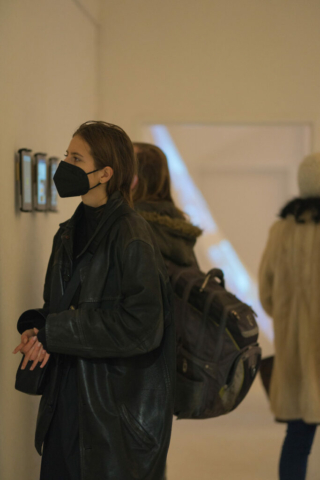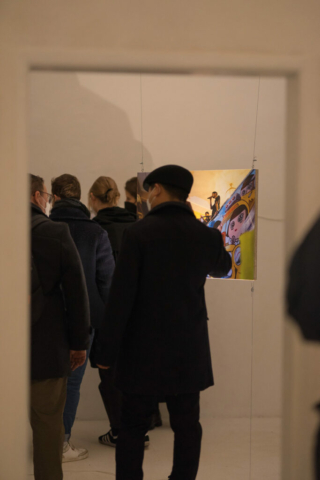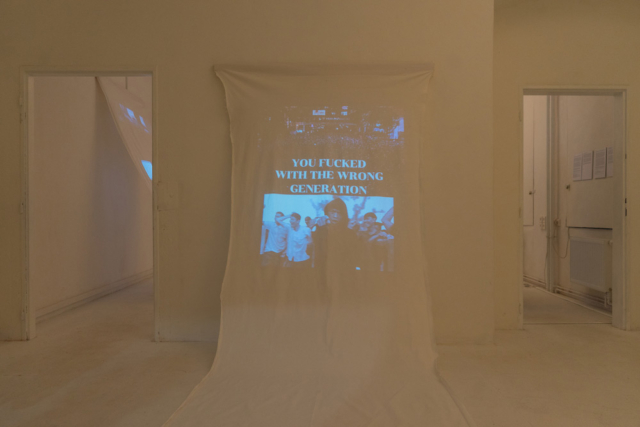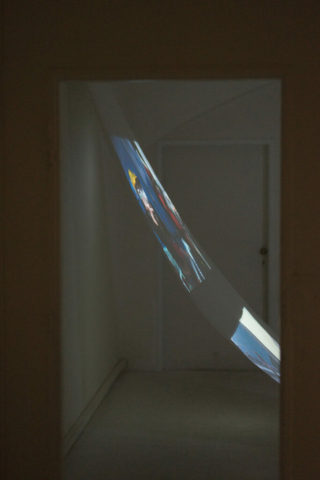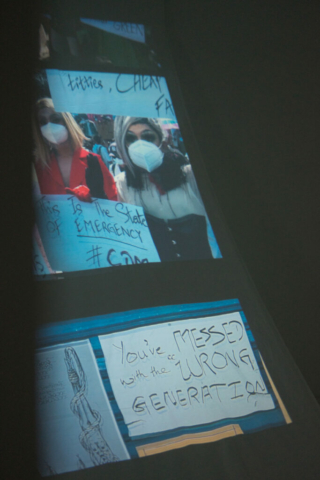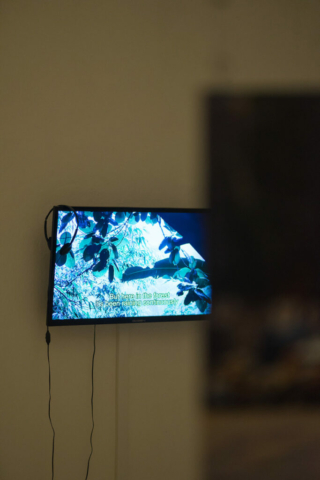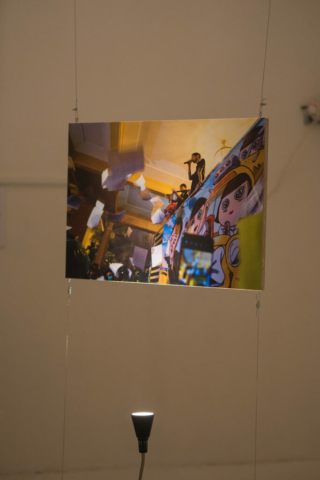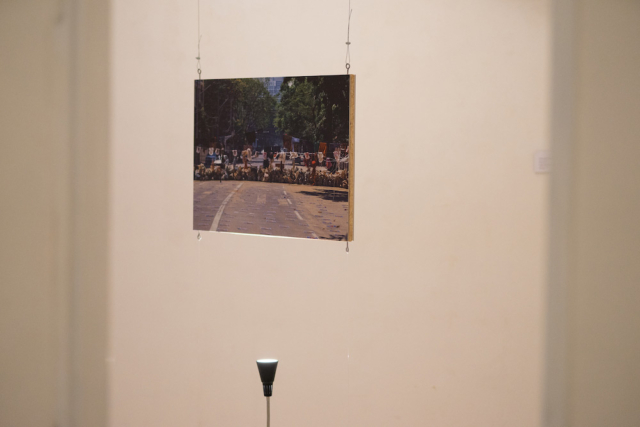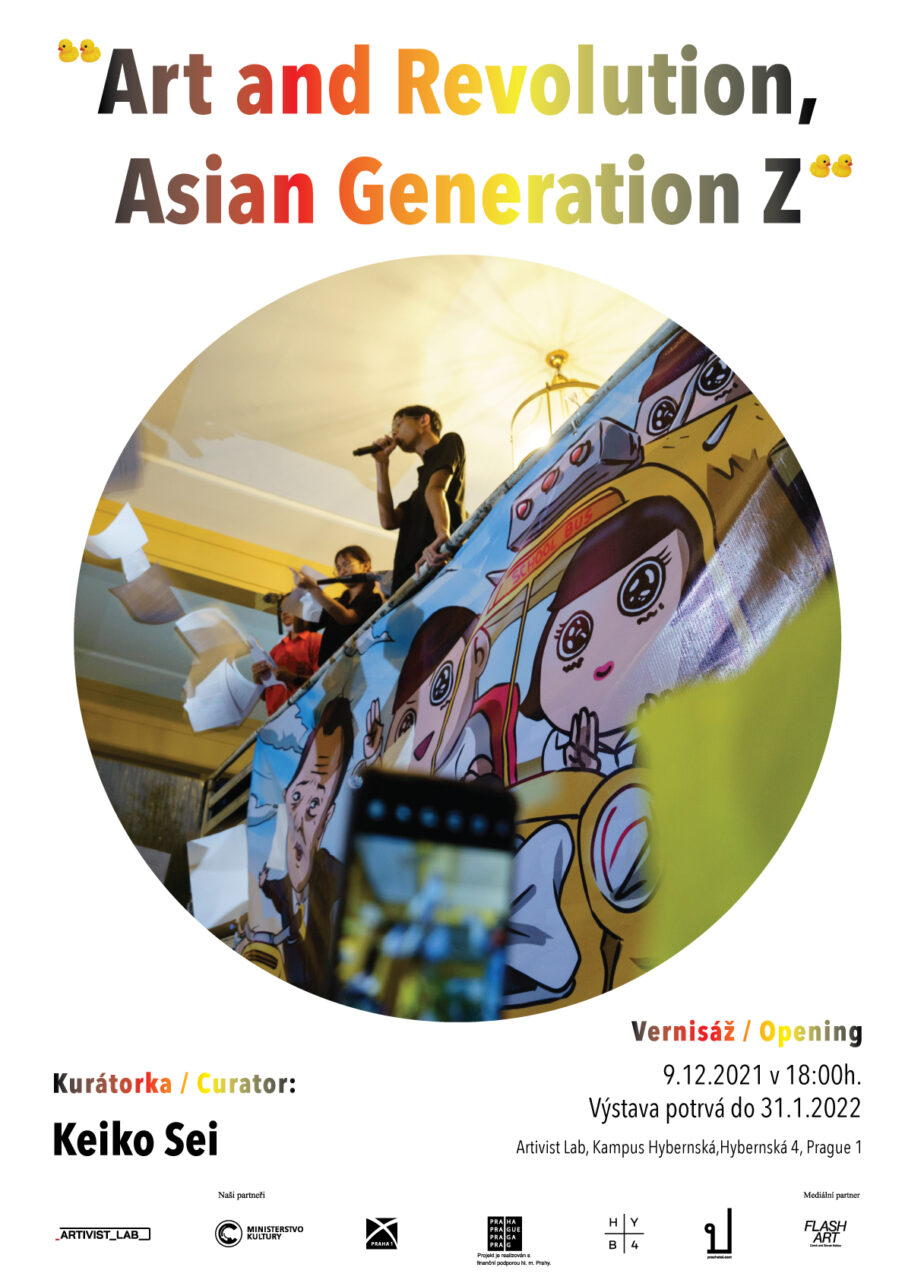For English scroll down
Rok 2020–2021 byl významným rokem v politických dějinách asijsko-pacifického regionu i mimo něj. Občané dvou zemí regionu, konkrétně Thajska a Myanmaru, usilují o občanskou revoluci, zatímco celoasijská online občansko-demokratická aliance s názvem Milk tea Alliance, jako první svého druhu propojuje aktivisty od Hongkongu po Tchaj-wan, od Thajska po Myanmar, aby posílila ducha solidarity a vzájemného podpory v boji proti tyranii.
Hlavní silou těchto demokratických hnutí je generace Z, domorodci digitálních světů, kteří využívají internet a sociální média k snaze o překonání tradiční autoritářské moci Asie. Jejich cílem je vytvořit lepší, svobodnější a rovnoprávnější společnost, v níž bude možné zvolit ve spravedlivých a svobodných volbách vládu, která bude zastupovat všechny menšiny včetně žen, LGBTQ i lidí odlišné barvy pleti, a vytvořit tak lepší budoucnost bez používání fosilních paliv, kdy se globální oteplování zpomalí.
V zemích, jako je Thajsko a Myanmar, kde se autoritářské režimy odvažují použít všechny prostředky k potlačení nesouhlasu počínaje svévolným zatýkáním, mučením a konče vražděním zbraněmi či kulomety, je jediným účinným nástrojem, který občané mají a jsou schopni použít, kreativita a představivost stejně jako duch solidarity a odporu. Předtím než vyšla do ulic, využívala Generace Z tyto nástroje online v podobě komentářů a příspěvků na sociálních sítích, internetových memů a digitálního umění. Výsledkem je zvláštní hybridní směs BLM, hnutí Umbrella, K-Popu, japonského anime, hollywoodských trháků, lokálního kýče a symboliky, která se v tradičních “Fight-Oo” protestech nikdy nevyskytovala. Odkazy a jazyky jsou pro tuto generaci natolik specifické až mohou být pro cizince nebo starší generace těžko srozumitelné. Proto je pro autority podobně těžké pochopit jejich významy a následně zatknout jejich tvůrce.
Nový způsob protestů měl dopady na mnoha úrovních, z nichž nejvýznamnější je dopad na oblast umění: podnítil diskusi o umění a jeho definici, roli v rámci protestů, roli umělců, uměleckých institucí a velkých událostí (během thajských protestů se například konalo bienále v Bangkoku) i roli uměleckého vzdělávání. A tak se klasická velká témata “umění a politika” nebo “umění a revoluce” zkoumala na protestních bojištích mezi miliardami internetových memů a popkultur, což podpořilo nejen základní úroveň lokálního uměleckého vzdělání, ale také celosvětový diskurz aktuální role umění.
A díky vzniku Milk Tea Alliance se objevily dopady i na globální politické scéně. Hnutí, které vzešlo z pouhých internetových memů zesměšňujících čínské důstojníky vnitra, tak přerostlo ve zcela novou oblast spolupráce aktivistů z řad obyvatelů Asie i mimo ně (nedávno se přidali aktivisté z Běloruska nebo Kolumbie). Hnutí nám tak naznačuje, jak se generace Z, Alfa a další generace mohou spojit a vyměnit si navzájem strategie pro úplné odstranění tradičního asijského autoritářství i dalších autoritářských režimů.
Vzhledem k těmto globálním dopadům bude nesmírně užitečné analyzovat fenomén aktuálního dění v Thajsku a Myanmaru, a proto zde navrhuji takovou analýzu formou výstavy i přednášek.
∎ KEIKO SEI je autorka textů, kurátorka a mediální aktivistka. Před odjezdem do Východní Evropy (1988) v Japonsku vedla nezávislou organizaci zaměřenou na video a video art. Po přesídlení do Východní Evropy (Rumunsko, ČR) se zabývala studiem médií, podporou jejich nezávislosti a spolupracovala s nezávislými mediálními aktivisty, novináři a umělci, kteří se spolupodíleli na změnách ve Východní Evropě. Spolupracovala s Ateliérem nových médií AVU a působila na FaVU. V práci v oblasti médií a mediálního aktivismu pokračovala v období po rozpadu Jugoslávie, v regionu Střední Asie a na Kavkaze. Na základě pozvání od barmských aktivistů se rozhodla vrátit do Asie, kde působí dodnes. V Barmě (Myanmar) pomáhala organizovat filmové vzdělávací programy a spoluzaložila první filmový festival – Wattan Film Festival. Svou prací zviditelňuje kreativní aktivismus a to prostřednictvím nejrůznějších výzkumných a uměleckých projektů, textů, vzdělávání a organizaci workshopů.
Mezi její kurátorské projekty patří: “The Media Are With Us! The Role of Television in the Romanian Revolution” International Symposium (Budapest, 1990), “The Age of Nikola Tesla (Osnabrück, 1991), EX-ORIENTE-LUX — Romanian Video Week (Bucharest, 1993), Eastern Europe TV & Politics (Buffalo New York, 1993), “lantern magique ~ artistes théques et nouvelles technologies (Strasbourg, 1998), POLITIK-UM/new Engagement,(Prague, 2002), Re-Designing East, (Stuttgart and Gdansk, 2010, Budapest, 2011), Could Be: High School Special for Media City Seoul (Seoul, 2016), Against Apathy to Politics (Bangkok, 2018).
V současností pracuje na propojení bývalé námořní trasy mezi Okinawou-Taiwanem-Pattani, cílem tohoto projektu je přehodnotit monopol státní moci. Spolupodílela se na přípravě knih Von der Burokratie zur Telekratie, (Ed., Germany), 1990 and Terminal Landscape (Czech Republic, 2003), a psala texty pro knihy a další média po celém světě: Image Forum (Japan), Eureka (Japan), Video Salon (Japan), Mediamatic (Holland), ART & TEXT (Australia), Artlink (Australia), Impulse (Canada), Andere Sinema (Belgium), World Architecture (UK), art press (France), Umelec-Artist (Czech Republic), Vol (South Korea), Prachatai (Thailand) and springerin (Austria).Pracovala jako editorka a koordinátorka (region JV Asie) série publikací pro documenta 12 magazine. Její sbírka video materiálů je součástí sbírky Generali Foundation (Austria).
Arts and Revolution, Asian Generation Z
2020 – 2021 was a significant year in political history for Asia Pacific region and beyond. In 2 countries in the region, namely Thailand and Myanmar, citizens are attempting to make a revolution with sheer citizens’ power, whereas a pan-Asian online civic democratic alliance called Milk tea Alliance, the first of its kind, is connecting activists from Hong Kong to Taiwan, Thailand to Myanmar to foster the spirit of solidarity and mutual encouragement to fight against tyranny.
The main force of these democratic movements is Generation Z, the digital native who utilize internet and social media to try overpowering the traditional authoritarian power of Asia with an aim to create a better, freer, and more equal society where the government can be elected by fair and free election and that represents all the minorities including women, LGBTQ, and people in color, and to create a better future where fossil fuel is no longer used and global warming slows down.
And, in countries such as Thailand and Myanmar where the authoritarian regimes dare to use every means to suppress dissents from arbitrary arrest, torture to murder by guns and even artilleries, the only effective tool that citizens have and are able to use is creativity and imagination, as well as a spirit of solidarity and resilience. The Gen Z would first practice this online in a form of social media comments and posts, internet memes and digital arts before they hit the street, and the result is a curious hybrid mix of BLM, Umbrella movement, K-Pop, Japanese anime, Hollywood blockbusters, local-kitsch and symbolism that have never been seen in traditional “Fight-Oo” style of protests. And the references and languages that are specific to this generation – so much so that it can be hard for outsiders or older generations to understand, and thus it is equally hard for the authority to make sense of their meanings and arrest the creators.
This new style of protests has had impacts in multiple fronts among which one of the most notable impacts is on the art field: they sparked the discourse on art, such as the definition of art, the role of art for protests, the role of artists, the role of art institutions and big events (Bangkok Biennale, for example, took place during the Thai protests), and the role of art education. And thus, the classic grand theme of “art and politics” or “art and revolution” have been explored on the protest fields amid milliards of internet memes and pop cultures, and this has helped not only fostering the grass-roots level of art education locally but also stimulating more global discourse of today’s role of art.
And, through the emergence of Milk Tea Alliance, it has had an impact on the global political field as well. Coming out of mere internet memes ridiculing Chinese I.O. officers but grown into a completely new arena of activists’ collaboration among Asians and beyond (recently activists from Belarus or Colombia have joined), the movement is giving us a hint as to how the generation Z, Alpha and later generations can unite and exchange strategies for totally eliminating the traditional Asian and other authoritarianism altogether.
Considering these global impacts, it will be extremely useful to analyze the phenomena of what’s currently happening in Thailand and Myanmar, and thus here I propose a forum of such an analysis in a form of exhibition as well as talks.
∎ KEIKO SEI is writer, curator and media activist. She ran an organization for independent video/video art in Japan and worked as a video curator before moving to Eastern Europe in 1988 to research media/independent media in Eastern Europe. There she worked with numerous independent media activists/journalists/artists that contributed to change in Eastern Europe. After the change in the region, she continued to work in the issue of independent media/media activism/media art in the former Yugoslavia in connection with the civil war, as well as wider region in Central Asia and Caucasus. With the request by Burmese activists, she moved to South East Asia to extend her work and research in the farther East. In Burma (Myanmar) she started film education and helped the launch of Wathann Film Festival, the first film festival in the reclusive state. Throughout the career she promotes creative activism through various research and artistic projects, writings, education and workshops.
Her curatorial projects include: “The Media Are With Us! The Role of Television in the Romanian Revolution” International Symposium (Budapest, 1990), “The Age of Nikola Tesla (Osnabrück, 1991), EX-ORIENTE-LUX — Romanian Video Week (Bucharest, 1993), Eastern Europe TV & Politics (Buffalo New York, 1993), “lantern magique ~ artistes théques et nouvelles technologies (Strasbourg, 1998), POLITIK-UM/new Engagement,(Prague, 2002), Re-Designing East, (Stuttgart and Gdansk, 2010, Budapest, 2011), Could Be: High School Special for Media City Seoul (Seoul, 2016), Against Apathy to Politics (Bangkok, 2018). Currently she works on the reconnection of the former sea trade route of Okinawa-Taiwan-Pattani, the project aiming at rethinking of the monopoly of state power. Besides books such as Von der Burokratie zur Telekratie, (Ed., Germany), 1990 and Terminal Landscape (Czech Republic, 2003), she has written for publications worldwide include: Image Forum (Japan), Eureka (Japan), Video Salon (Japan), Mediamatic (Holland), ART & TEXT (Australia), Artlink (Australia), Impulse (Canada), Andere Sinema (Belgium), World Architecture (UK), art press (France), Umelec-Artist (Czech Republic) and springer in (Austria). She worked as an editor of documenta 12 magazine and coordinator of the Southeast Asia region for documenta 12 magazines project. Her video collection is included in the video collection of Generali Foundation (Austlia).

